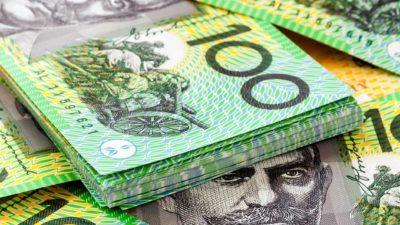The Dicker Data Ltd (ASX: DDR) share price has risen 2.6% to $3.13 since yesterday's announcement that the IT distribution business is raising its dividend.
Dicker Data is one of the rare companies listed on the Australian share market that pays quarterly dividends. Yesterday, the company announced its final dividend for FY18 will be 7.0 cents per share, fully franked. This brings the total dividend for FY18 to 20.20 cents per share, a 20.2% increase from FY17.
Growing earnings
The main catalyst for the rising dividend has been the growth in earnings. In January, Dicker Data announced its unaudited results with total revenue for FY18 up 14.4% over the prior corresponding period to $1,494 million, and profit before tax rising 15.0% to $46 million.
The revenue and profit before tax numbers comfortably beat the company's own expectations after it had initially forecast FY18 revenue to increase 6% to $1,389 million, and net profit before tax to rise 6% to $42.5 million.
Management has attributed its growing top-line to realising the full value of new vendors introduced during 2017 and 2018, and a strong performance from existing vendors.
Furthermore, part of the final dividend increase can be attributed to the tax refund Dicker Data received during FY18 that has already been provisioned for in its 2017 accounts.
Foolish takeaway
At current prices, Dicker Data has a dividend yield of 6.45%, which is higher than some high-yielding large caps such as Coca-Cola Amatil Ltd (ASX: CCL), Suncorp Group Ltd (ASX: SUN), Australia and New Zealand Banking Group (ASX:ANZ) and Commonwealth Bank of Australia (ASX:CBA).
Dicker Data also announced yesterday that it expects its audited result for FY18 to be released on February 28. Guidance for FY19 is also likely to be announced sometime in the next few weeks.
The company has been one of the better performing high-yielding small caps over the last several years. It is certainly worthy of further examination for income-oriented investors with a diversified portfolio that are comfortable with the risks involved at the smaller end of the Australian share market.





